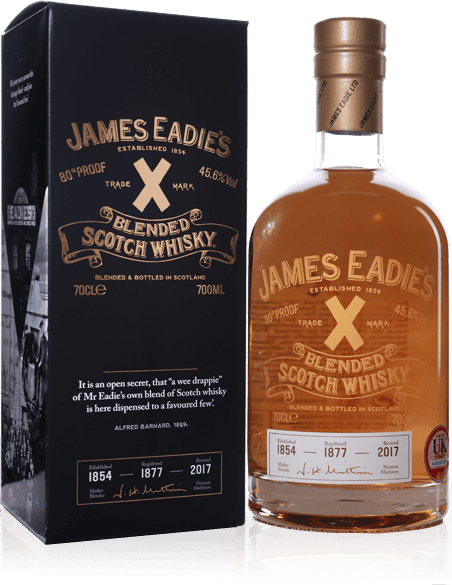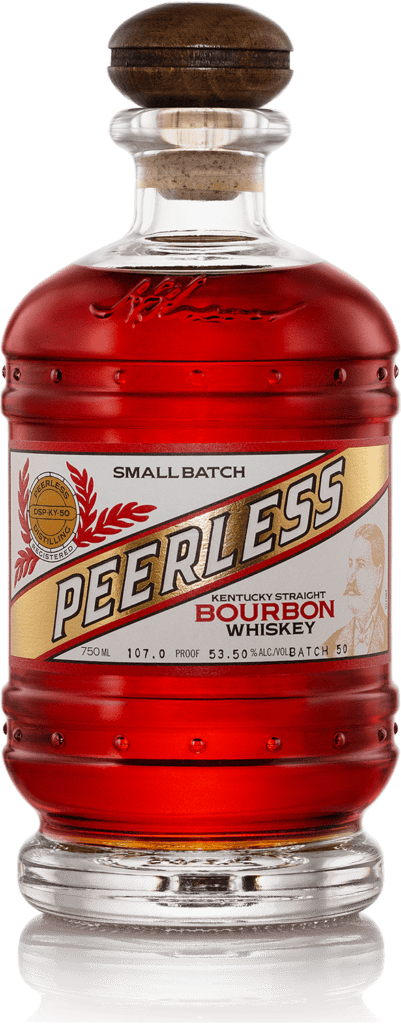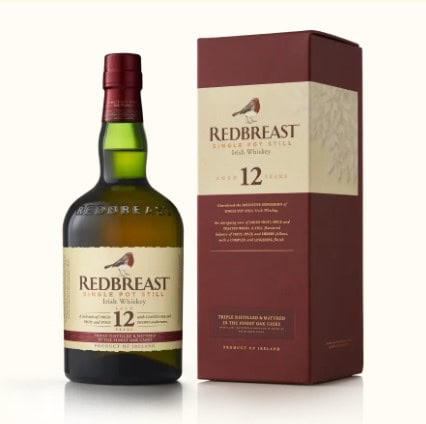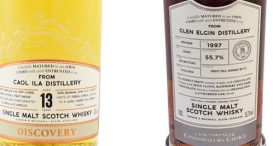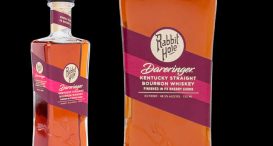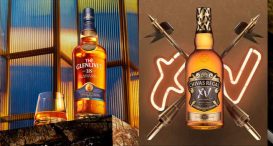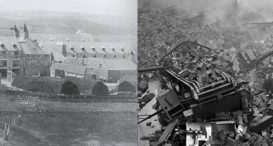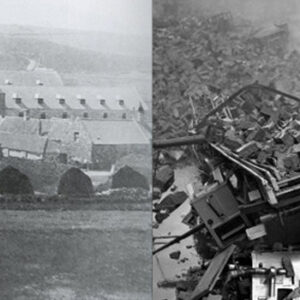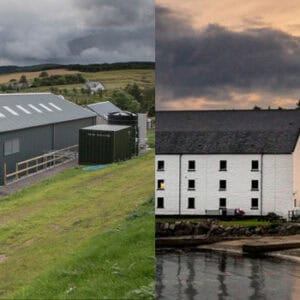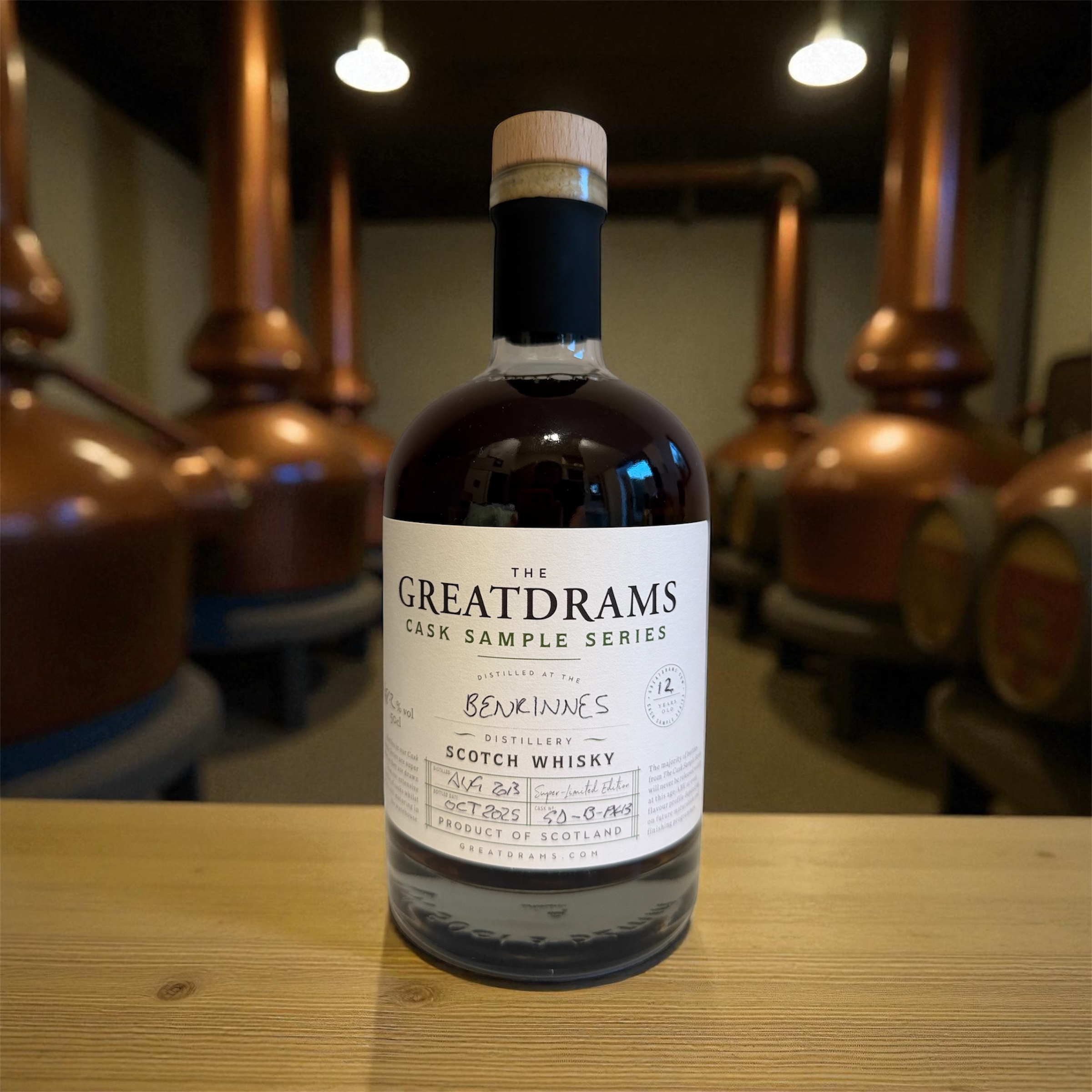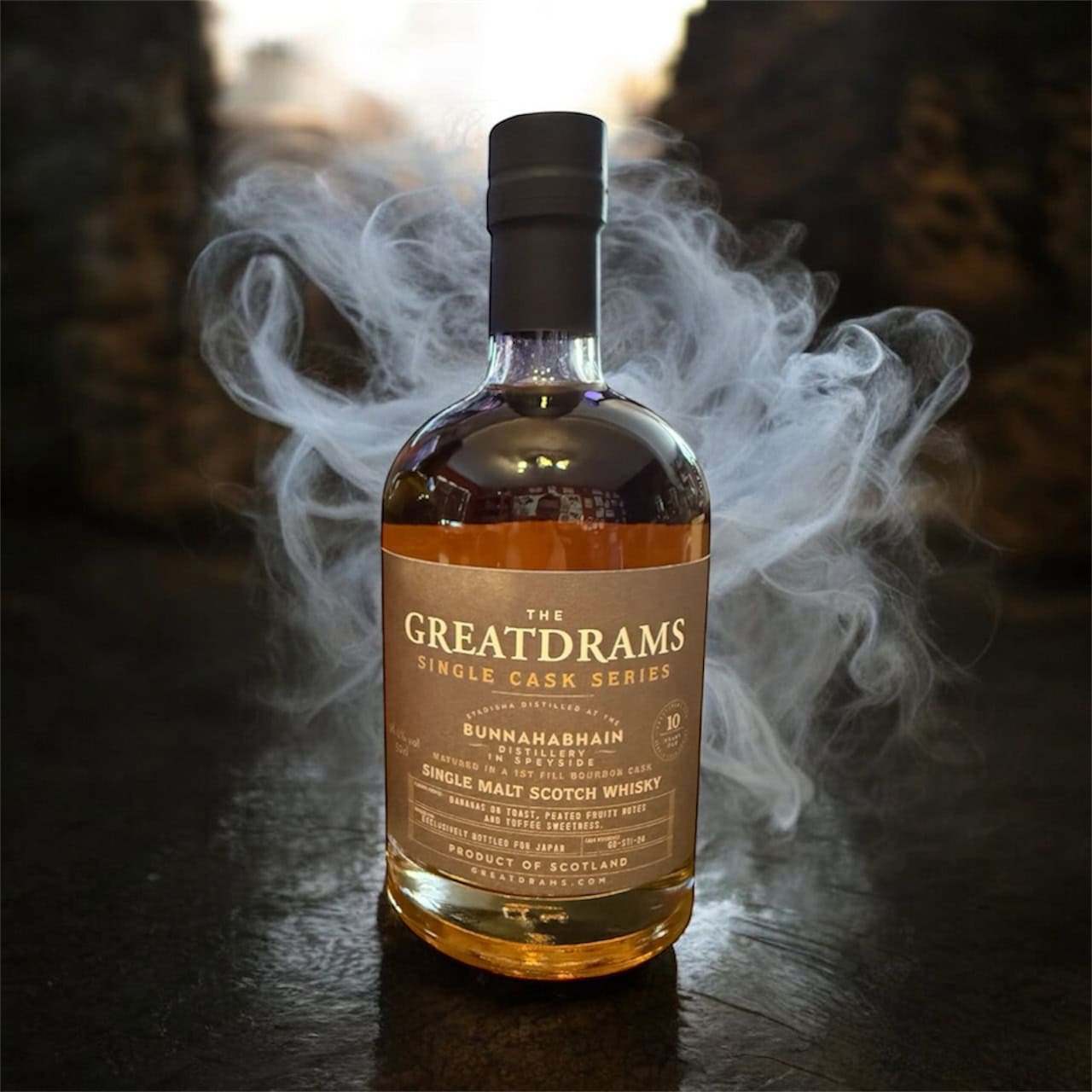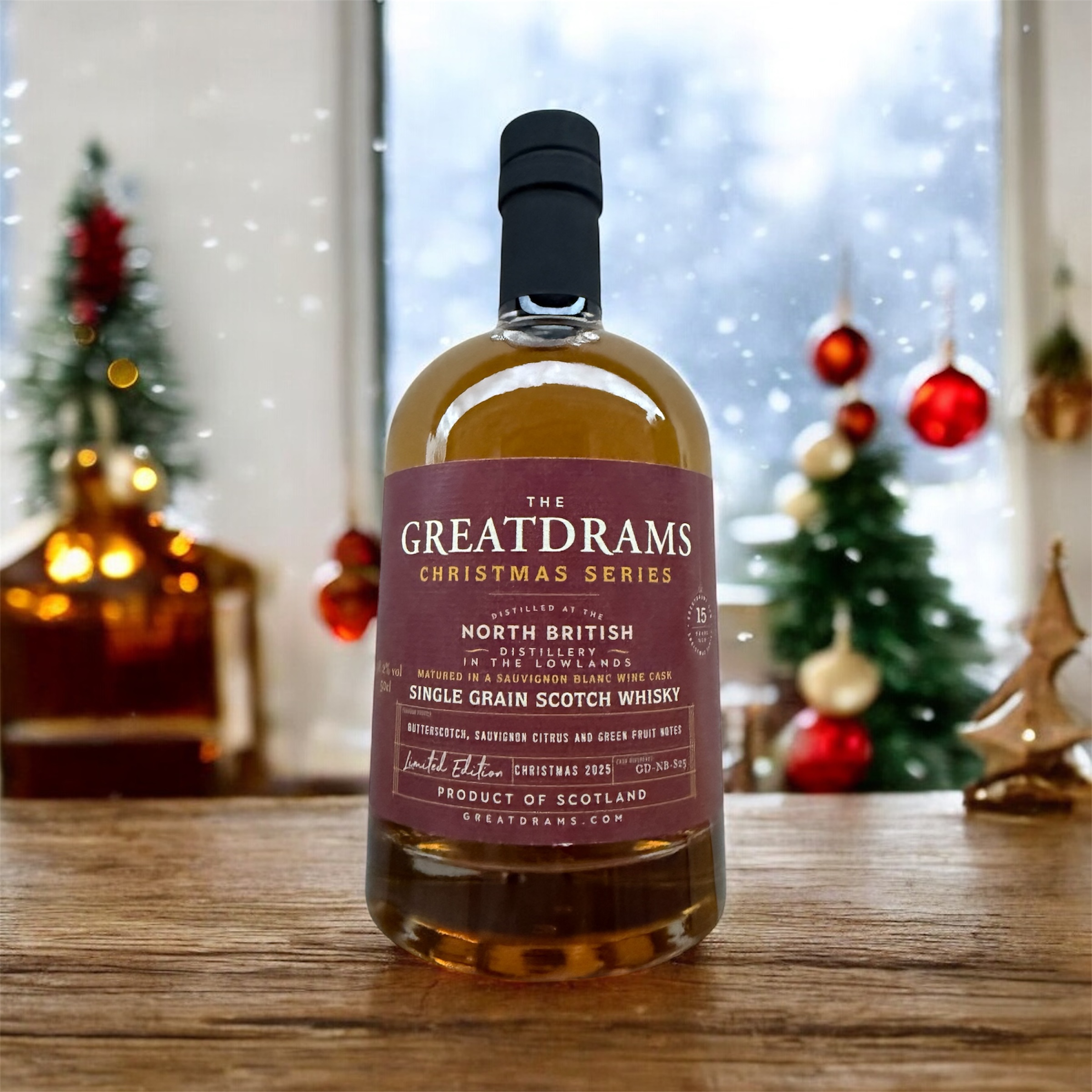A Look at Some Iconic Revived Whisky Brands from Over the Years
As a whisky lover, like me, you’ll be painfully aware of how devastating it can be, not only to watch a distillery go silent, but also to see your favourite spirit label fall out of production.
The whisky business and the spirits industry in general can be extremely tough. Not only is there stiff competition from all sides, but you also have to deal with things like taxes and restrictions, not to mention rising energy costs, supply issues, equipment malfunctions, distillery issues, and so much more besides.
Sadly, sometimes the pressures can get too much and some distilleries are forced to retire some of their most iconic whisky brands and labels. While many brands have sadly been resigned to the history books, a select few have risen from the ashes, like a Phoenix from the flames. Hooray!
Today, we’re going to be looking at a few of the most iconic whisky brands which have been revived over the years.
Back in 2016, one of Scotland’s oldest and most iconic whisky brands was relaunched more than 160 years later, by Rupert Patrick, who is none other than the great-great grandson of the founder.
James Eadie’s Trade Mark X, was once of the country’s most popular whiskies, and Rupert wanted to bring it back. Not only did he want to bring it back, he wanted to bring it back by creating it in the same slow, methodical, and precise way his great-great grandfather had before him. The only problem was money.
You see, relaunching an iconic whisky brand is not cheap. Patrick needed the funds, and amazingly was able to raise more than £1 million through crowdfunding. This shows just how popular the brand was. Patrick was no stranger to whisky. Before relaunching James Eadie he held prominent positions at both Diageo and Suntory.
James Eadie specialises in small batch, single-cask bottlings and offer a wide range of different drams, including the one that started it all – Trade Mark X, which was first produced all the way back in 1854.
It isn’t just our beloved Scotch that has enjoyed a revival over the years, over in the States, Bourbon and rye producer Kentucky Peerless was also fortunate enough to be resurrected.
The Kentucky Peerless Distilling Company first began in Henderson, Kentucky, in the early 1880s, with Henry Kraver at the helm. Kraver knew whiskey and was a shrew businessman and entrepreneur. He took the company to great heights and helped put whiskey on the map.
Once Kraver passed away in 1938 however, the company quickly went downhill and closed shortly after.
It remained closed until 2013, when Kraver’s great-grandson, a man named Corky Taylor, along with his son Carson, made the decision to revive the brand, making it 5th generation.
Today, Kentucky Peerless are renowned for their sweet mash ryes and Bourbons, where they carry out all stages of production on-site, under the same roof in Louisville. The whiskey is produced to the very highest of standards, and this shows with every mouthful.
Redbreast
Redbreast is one of the most iconic names in Irish whiskey, yet for six agonising years, it appeared as if the brand would be no more.
Having been founded in 1857, under the name W & A Gilbey, in a basement in Oxford Street, London. The business benefitted hugely from the off-licence system in 1860. The business took off instantly and two years later they had expanded into Edinburgh, Dublin, and Belfast.
The brand first became known as ‘Redbreast’ in 1912, when they sold ‘Redbreast’ J.J. Liqueur 12 Year-Old Whiskey. The name refers to the bird known as a Robin Redbreast, and was a nickname given to the chairman of Gilbey’s at the time, who was a keen birdwatcher.
The business thrived all the way until the 1980s, when demand began to decline and many Irish whiskies were discontinued. The final bottling of Redbreast occurred in 1985. A year later, Gilbey’s began negotiating with Irish Distillers Ltd to sell the brand.
In 1991 Redbreast was relaunched as a 12 year old, under the new ownership of Irish Distillers Ltd. The whiskey enjoyed a complete makeover and was matured and finished in premium sherry and bourbon casks.
Made from a combination of both malted and un-malted barley, Redbreast 12 is a best-seller to this day and has won multiple awards, including Best Irish Pot Still at the 2013 World Whisky Awards. For those who really enjoy the sweet, fruity, creamy, and nutty notes you get from a sherry cask finish, you’ll be in your element with this dram.
And finally, we have the fairly-recently relaunched Macnair’s brand.
Macnair’s was initially founded in 1857 and was sold to Jameson owner Pernod Richard in 2005. Pernod Richard would sell the brand to Billy Walker, a Master Blender at GlenAllachie.
Walker’s GlenAllachie Distillers Company would revive Macnair’s in 2018, giving it a contemporary twist via their Lum Reek Range. This range of blended malts combined whiskies from both Speyside and Islay. The combination of peated and unpeated whisky worked beautifully together and created a complicated, intricate, and exciting flavour profile.
Macnair’s 12yo Lum Reek is one of their best-sellers and is rich in sweet caramel, toffee, and coffee notes, along with a touch of peat smoke and pear drop sweets.
Oh, and in case you were wondering, the name is derived from a traditional Scottish toast, which went something along the lines of ‘Lang May Yer Lum Reek’, which literally meant ‘long may your chimney smoke’.
If you’d like to learn more about your favourite whiskies, or simply treat yourself to a dram or two in the process, head on over to GreatDrams.com and take a look at what we have to offer.
With an impressive selection of limited-edition, rare, and award-winning whisky, as well as heaps of whisky info on our blog, it’s the perfect spot for any whisky lovers out there.



